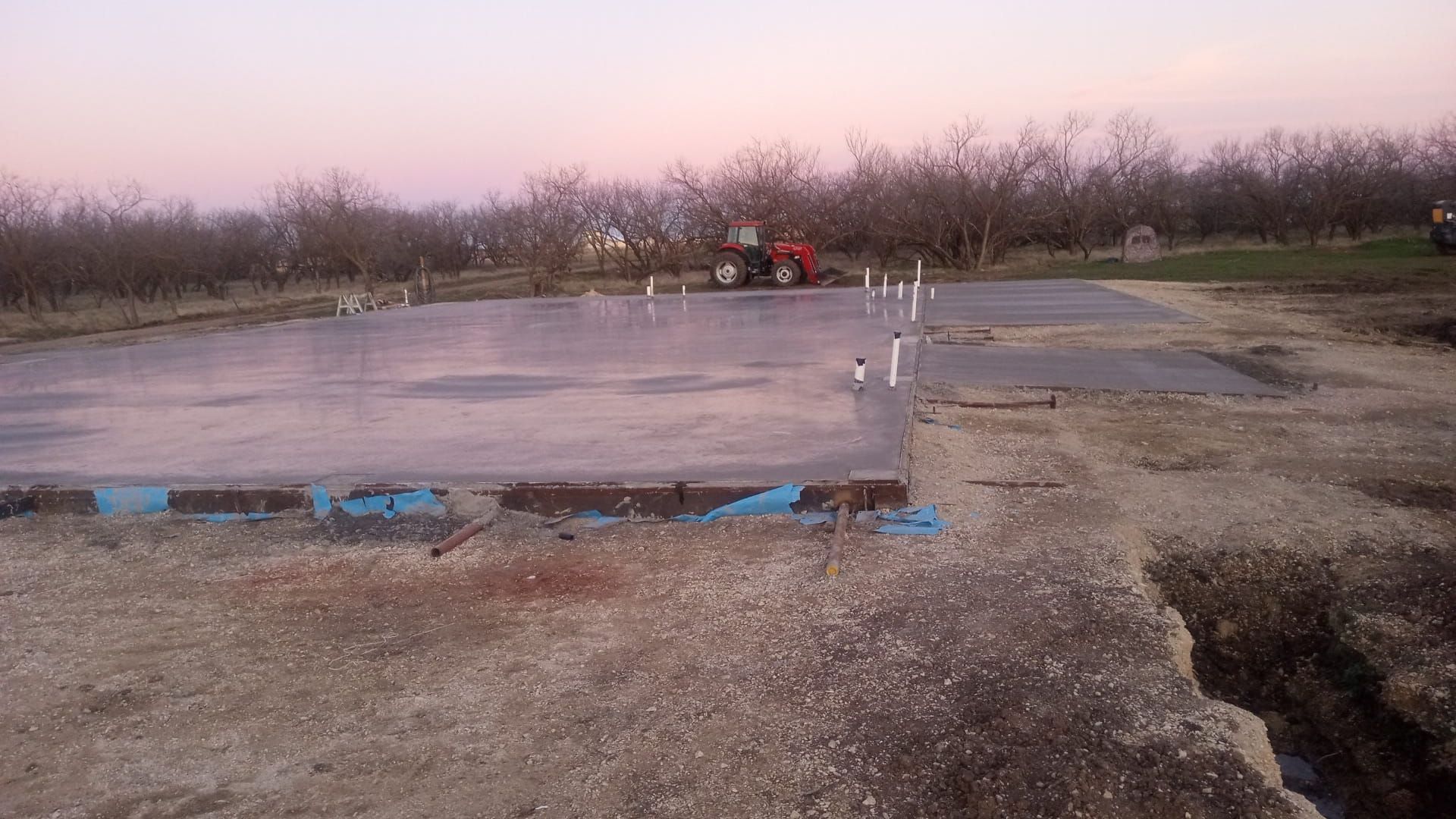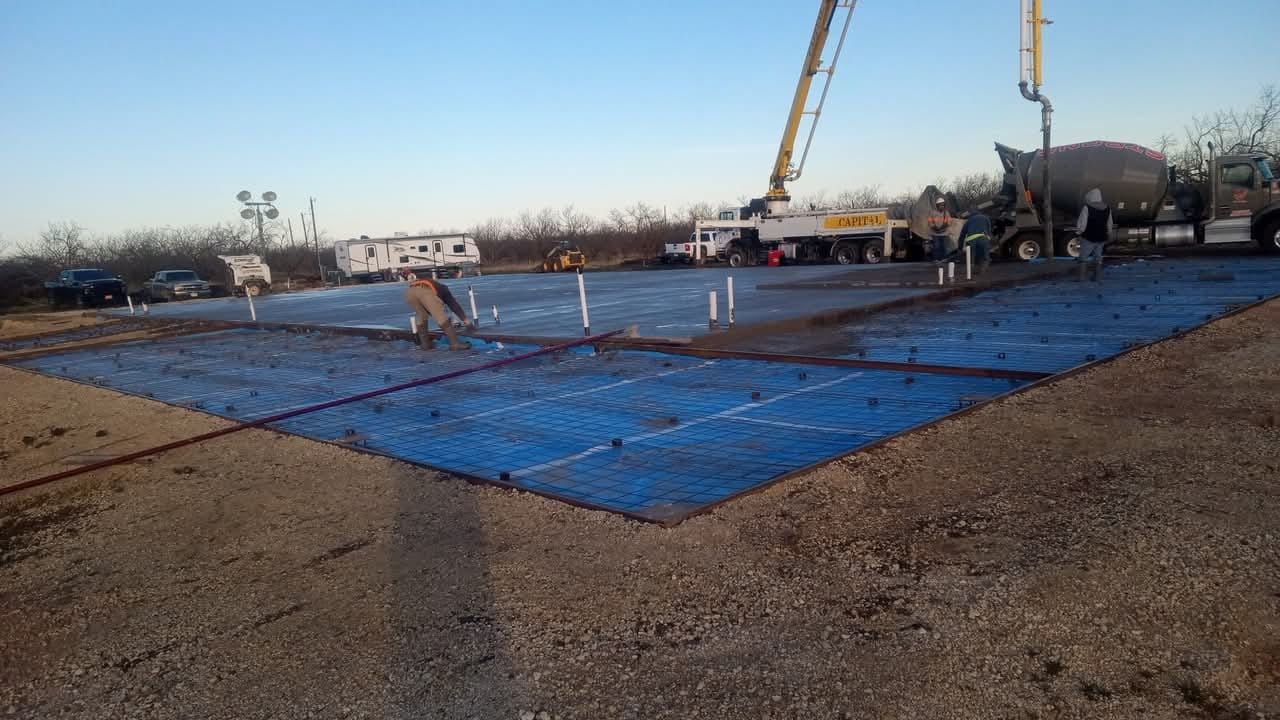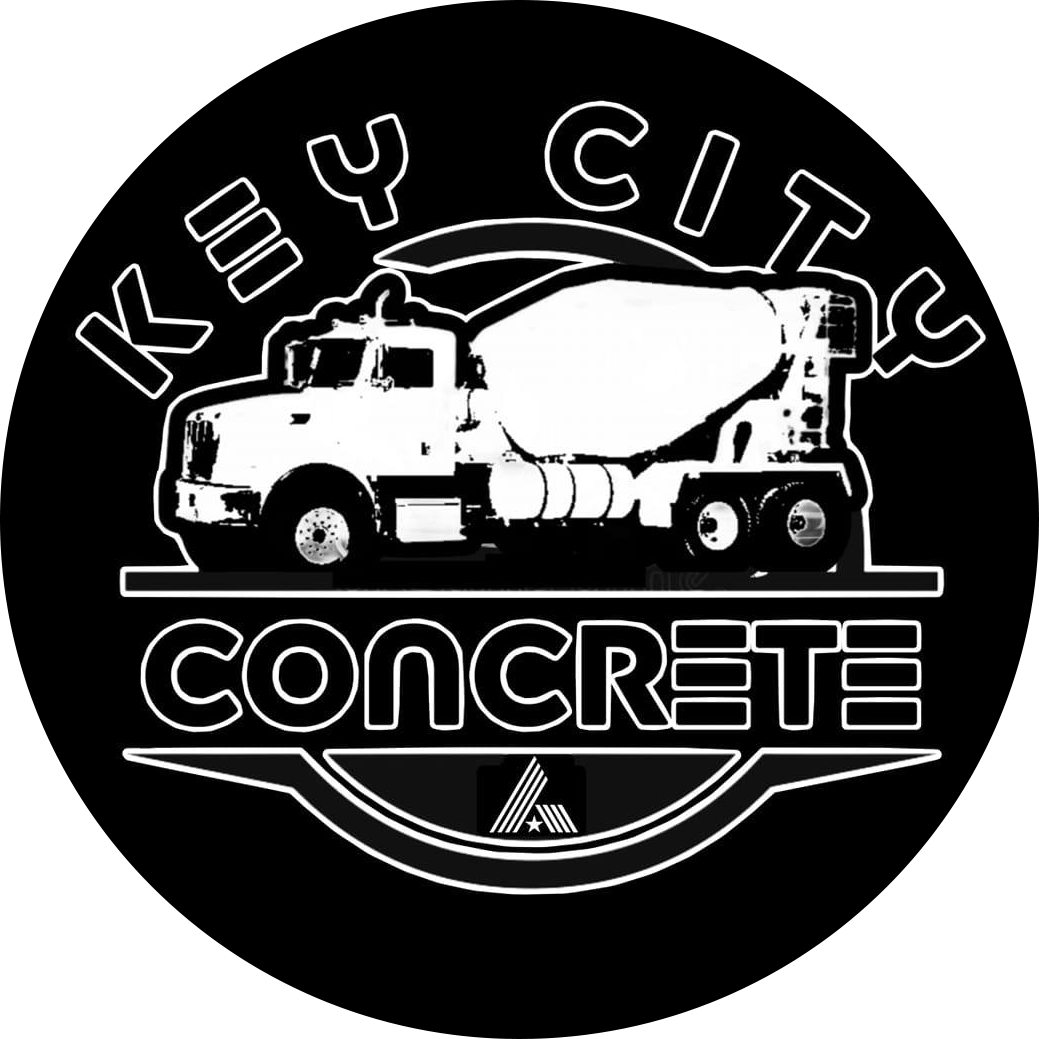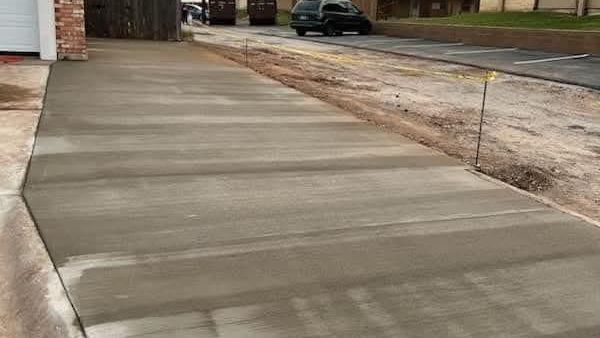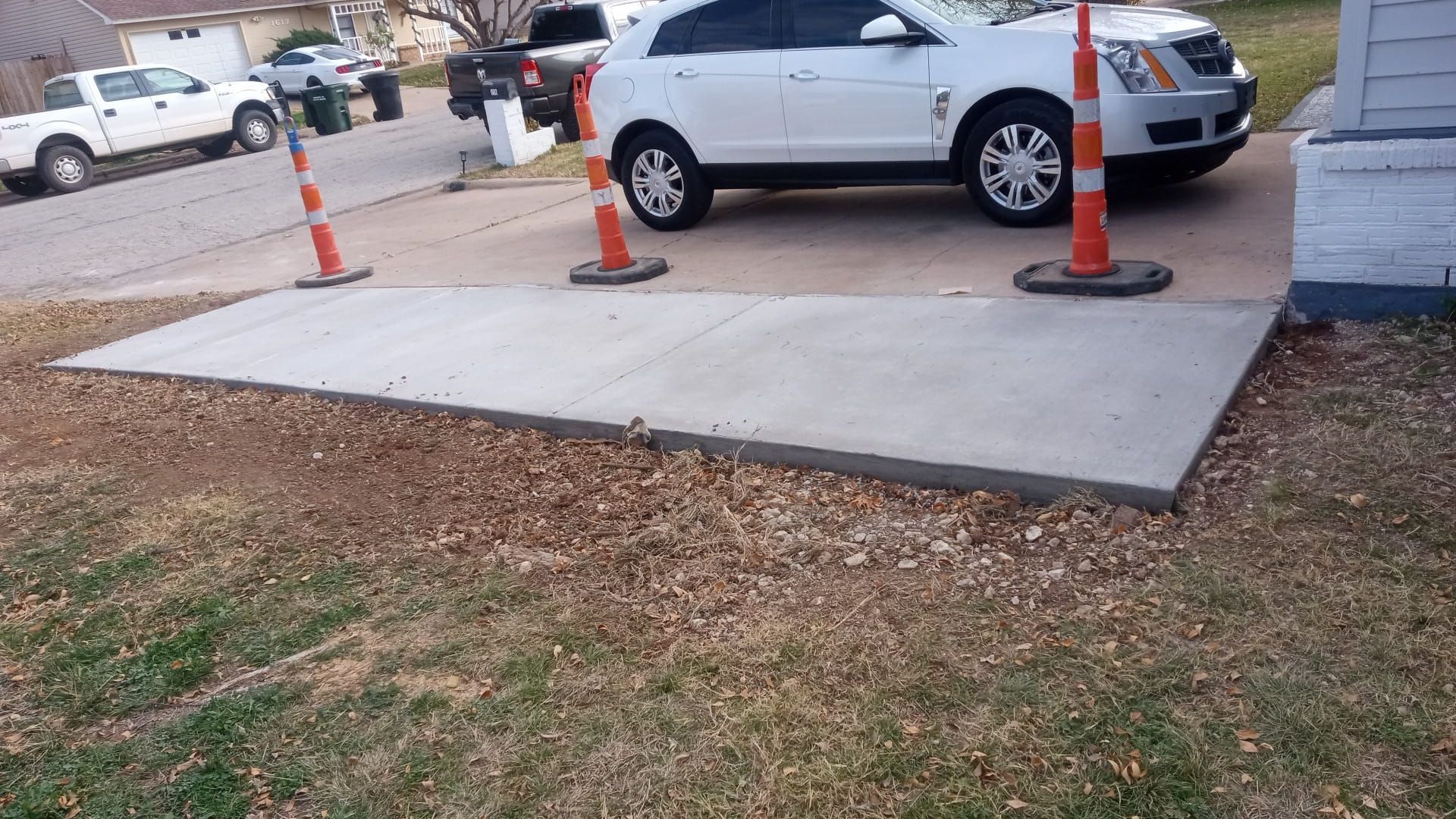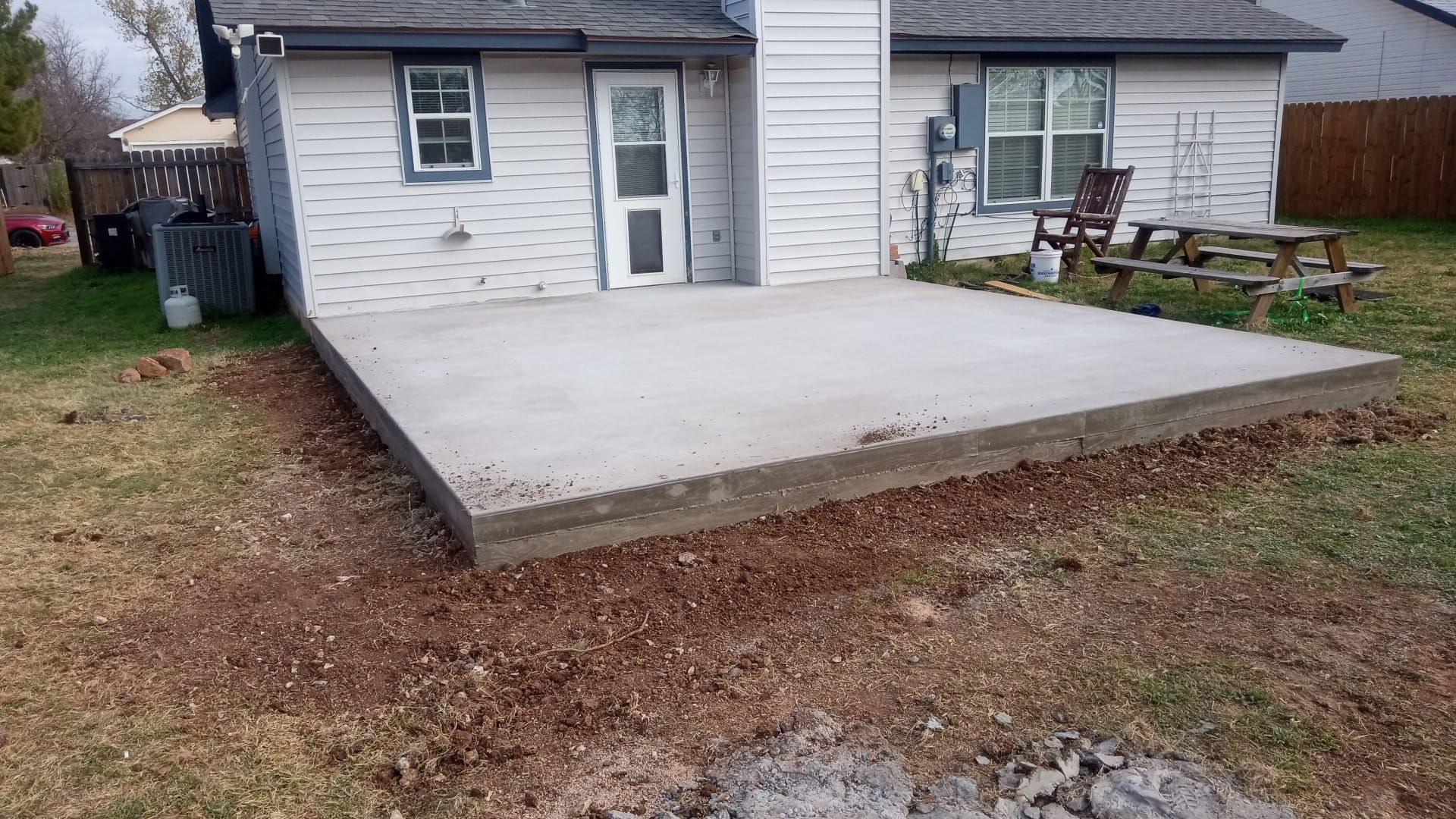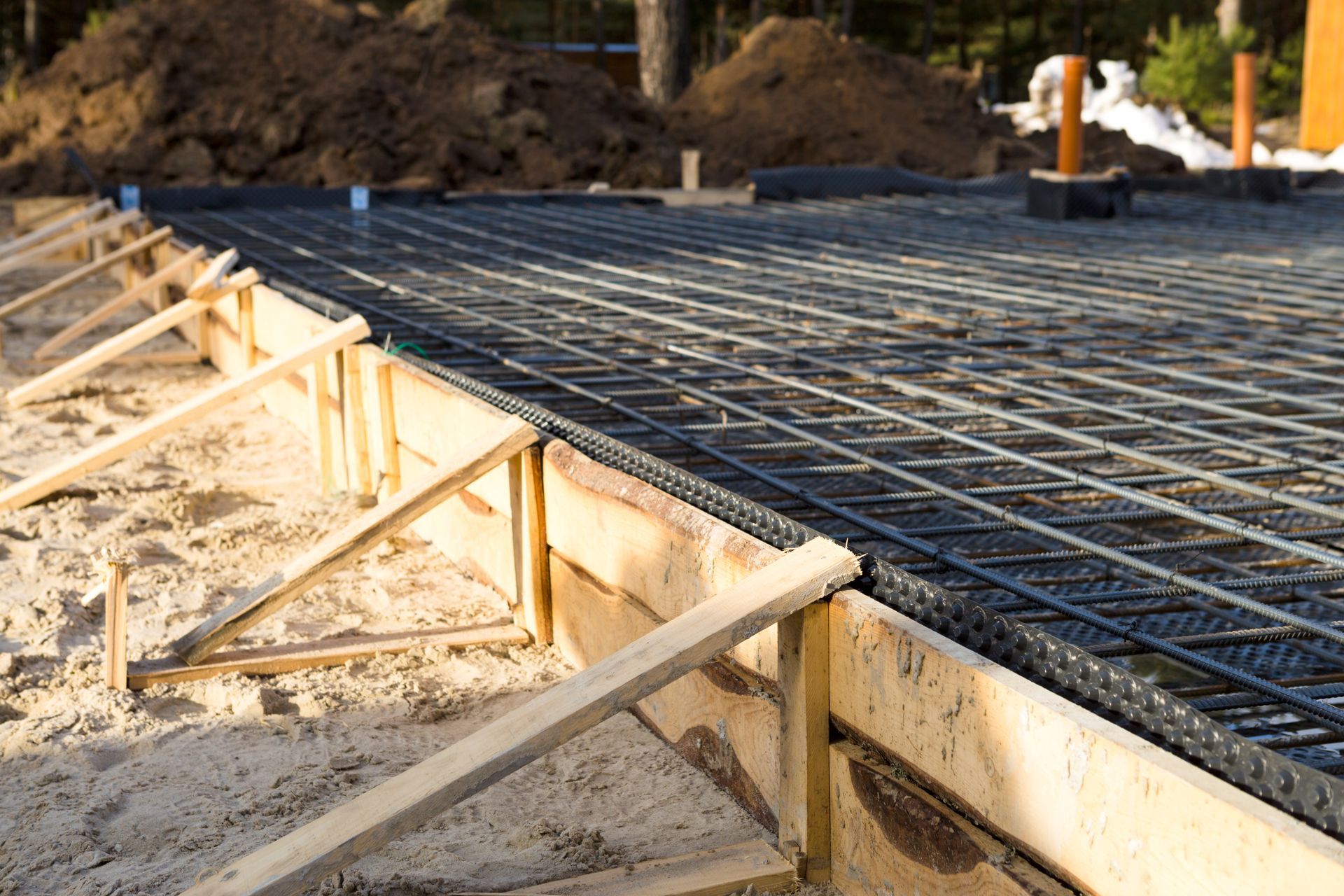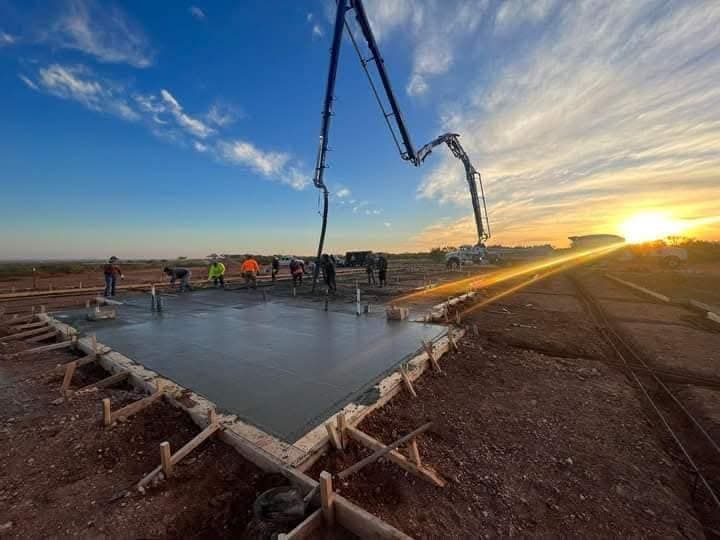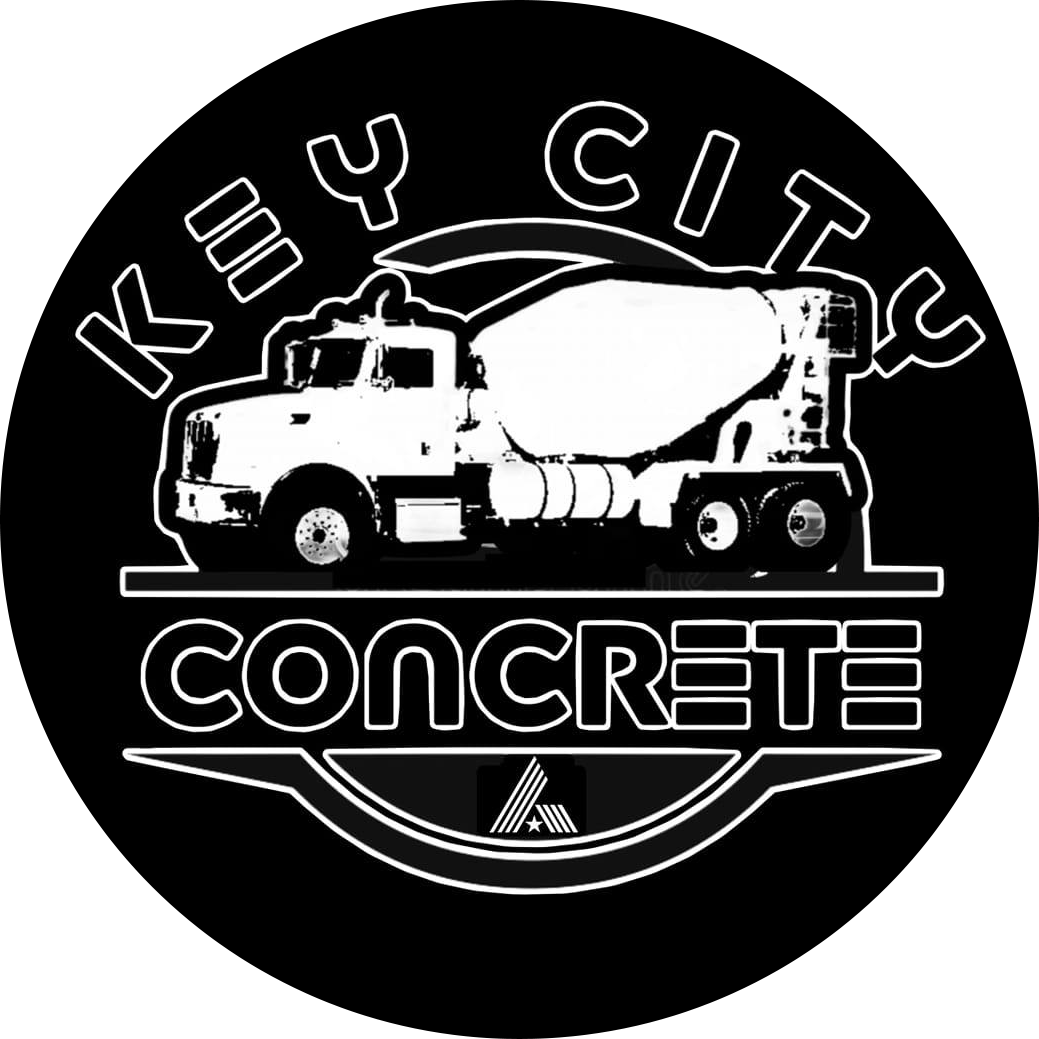Pier & Beam Foundations: Ultimate Protection from Shifting Soil

In places like Abilene, Potosi, and Clyde, the ground moves more than people think. When the soil shifts, it can crack your walls, tilt your floors, and damage your home. A pier and beam foundation is one of the best ways to protect against that.
It lifts your house off the ground and handles movement better than a concrete slab. If your home sits on soil that doesn't stay still, this type of foundation is worth learning about.
What is a Pier & Beam Foundation?
Soil around Abilene, Potosi, and Clyde moves a lot, especially with weather changes. That movement can cause cracks in your home’s walls and floors. A pier & beam foundation helps by lifting the house off the ground using deep piers and strong beams. This setup keeps things steady, even when the soil shifts.
It’s a simple and reliable choice for homes in places like Merkel, Baird, Sweetwater, and nearby towns. Many licensed and top-reviewed local contractors use this method because it works well in West Texas.
Why Does Soil Shift?
Soil moves for a few main reasons:
- Too much rain: Wet soil swells and pushes against your house.
- Too dry: Dry soil shrinks and pulls away.
- Tree roots: Trees pull water from the ground, drying it out.
- Poor drainage: Water that sits near your home makes the soil weak.
- Soil type: Clay swells. Sand can wash away.
When soil shifts, it can crack your foundation or make your house sink.
Benefits of Pier & Beam Foundations
Pier and beam foundations work well when the ground isn’t stable.
Here’s why they help:
- Raised off the ground: Helps protect your home from soil movement and water.
- Easy to adjust: Piers can be fixed without redoing the whole foundation.
- Better drainage: Water flows out instead of soaking underneath.
- Airflow under the house: Helps keep the space dry.
- Easy access: You can reach pipes and wires without digging.
Why Choose Pier & Beam Over Concrete Slabs?
Pier and beam foundations are a better choice in many cases. Here’s why:
- They work well on uneven or soft soil.
- They don’t crack as easily when the ground moves.
- Fixing them is usually faster and cheaper.
- You can get to pipes and wires under the house without breaking anything.
- They help keep your home dry by staying off the ground.
If the soil under your home shifts a lot, pier and beam is the safer option.
Signs Your Foundation Needs Repairs
Look out for these signs:
- Floors feel uneven or slanted
- Cracks in walls, ceilings, or floors
- Doors or windows that stick or won’t close right
- Gaps between walls and floors
- Damp spots, mold, or mildew under the house
If you see any of these, it’s time to call a foundation expert.
How to Take Care of Your Pier & Beam Foundation
Basic upkeep helps avoid costly repairs.
Here’s what to do:
- Inspect once a year: Look for cracks, wood rot, or soft spots.
- Use gutters and downspouts: Move water away from the base of your home.
- Keep it dry underneath: Use vents or a plastic barrier to prevent moisture.
- Watch tree placement: Keep large trees at least 15–20 feet away.
- Fix issues early: Small problems get worse fast if ignored.
Costs of Pier & Beam Foundations
Pier and beam foundations aren’t the cheapest option, but they make up for it over time.
- Costs more to build than a slab
- Cheaper and easier to repair
- Price depends on house size, soil, and materials. For larger structures, commercial concrete slabs are often used because of their durability and long-term performance in construction.
- Good materials last longer and need fewer fixes
- Easier access for plumbing and electrical work
You pay more upfront but save on repairs later.
Hiring the Right Foundation Expert
Hiring the wrong person can lead to bigger problems and higher costs. Take a little time to check the basics before you say yes:
- Check for a license and insurance
- Read reviews from real customers
- Ask for names of past jobs you can check
- Find out what materials they use and how they’ll fix the problem
- Ask if they offer a written warranty
- Get the full cost and timeline in writing
If they won’t give clear answers, it’s better to move on.
Frequently Asked Questions
How can you protect a pier and beam foundation?
Install a drainage system and seal the crawl space to keep out moisture. Use a dehumidifier and close air gaps to help prevent mold.
Why do people use pier and beam foundations?
They allow air to flow under the house, helping with ventilation. This can keep the space drier and reduce moisture problems.
What covers and protects a pier?
Pier covers protect against sun, water, salt, and soil. They help prevent damage over time.
How long do pier foundations last?
With proper care, they can last around 75 years or more. Good maintenance is key.
What are the benefits of pier foundations?
They cost less to fix, work well in wet areas, and adjust better to shifting soil. This makes them a good choice in many places.
What materials are used?
Piers are made of concrete or brick. Beams are usually wood or steel.
Ready to Protect Your Home?
Pier and beam foundations are a smart way to deal with shifting soil. They last a long time, are easier to fix, and help keep your home steady. If you’re thinking about your options or already seeing signs of trouble,
Key City Concrete can help. We work across Abilene and nearby towns.
Get a Quote, it’s quick and free.
